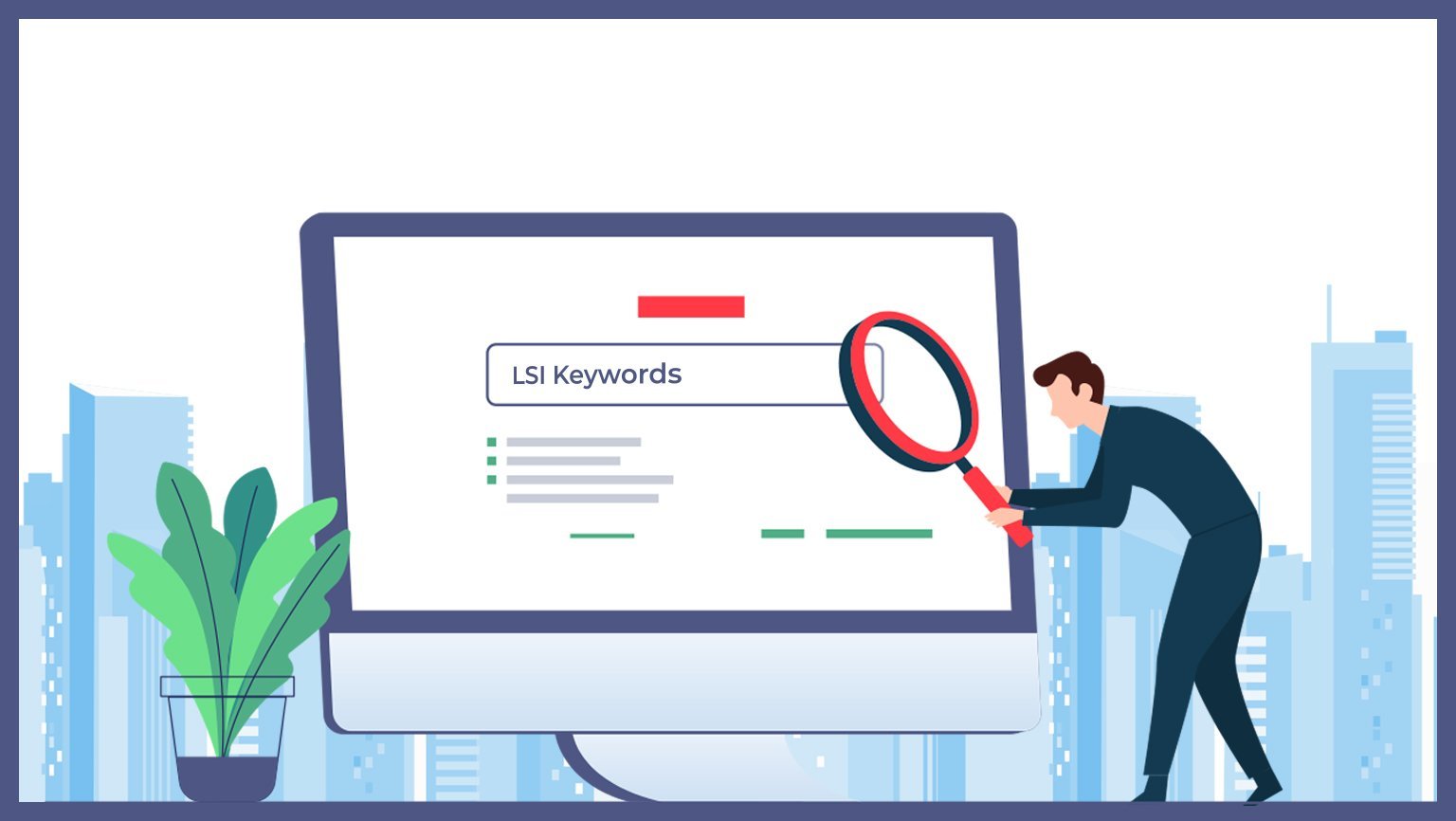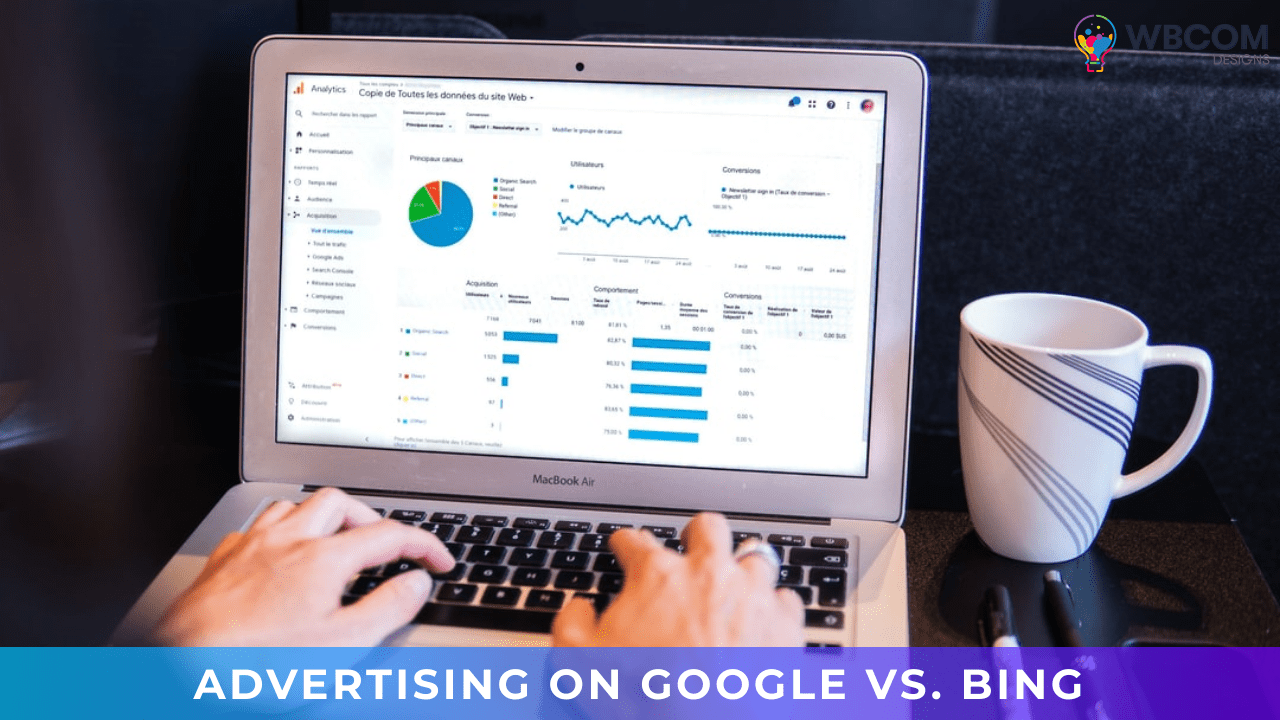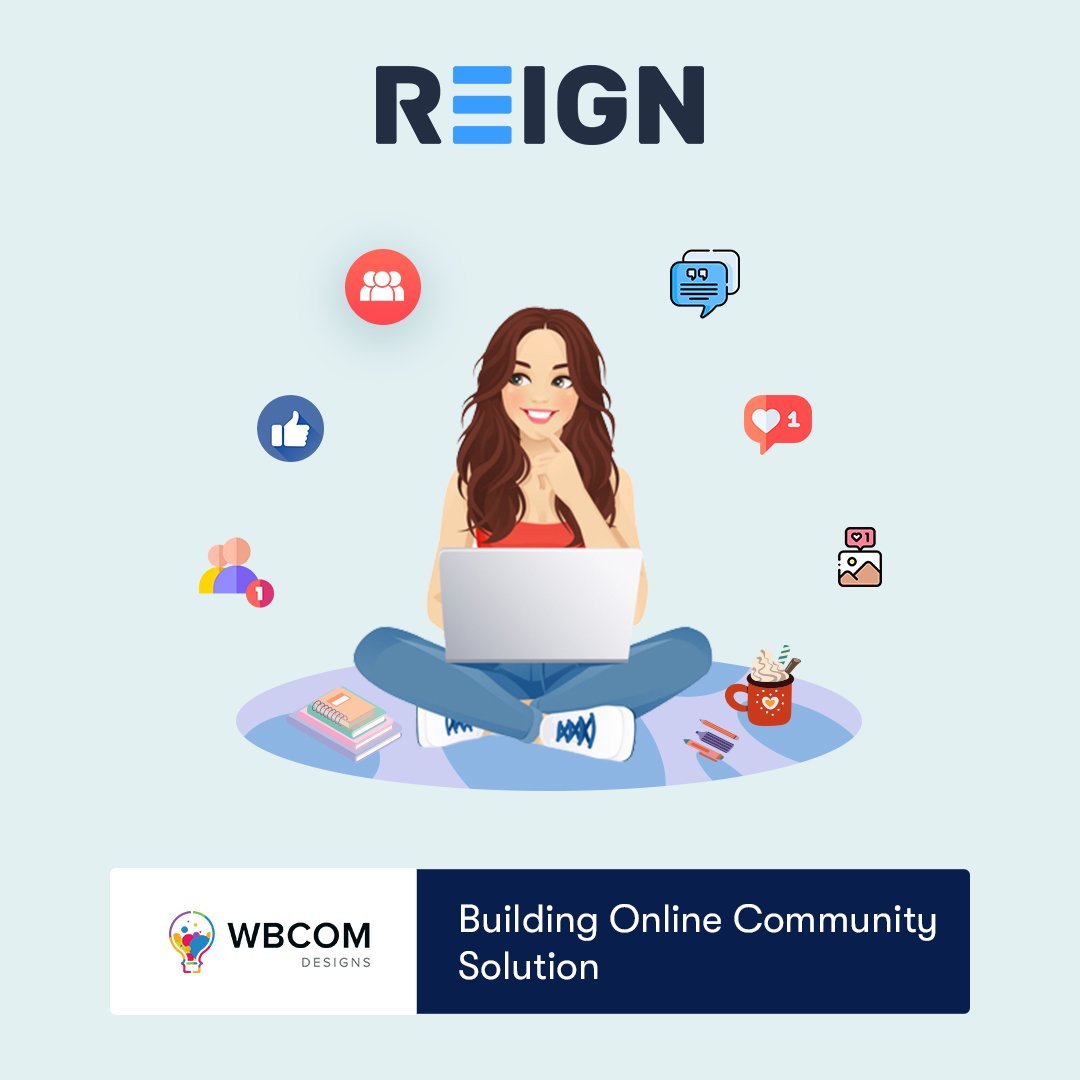Both Google Ads (formerly Google AdWords) and Bing Ads are pay-per-click (PPC) advertising platforms. In the end of Advertising on Google vs. Bing, both platforms have the same objective to assist businesses in broadening their audience, increasing traffic to their websites, and generating more revenue.
The platforms, on the othe0000000r hand, differ in terms of their respective audiences, targeting options, prices, and more.
Google AdWords and Bing Ads (now known as Microsoft Advertising) feature comparisons, features, performance, and benefits in this guide to help you decide where your company’s advertising dollars should be best spent. Let’s get started!
Table of Contents
ToggleBing Ads vs. Google Ads: the differences
Aside from the apparent differences, here are seven things to keep in mind when comparing Bing Ads and Google Adwords
1. Reach- Advertising on Google vs. Bing

An online ad campaign’s ability to reach a broad audience is essential. Connect with your audience. Your products and services won’t be sold if people can’t find your business.
Your company’s overall profitability may suffer if you and your team fail to meet your ROI targets (ROAS). Google Ads has the most people it can reach. A broad audience can be reached through the platform’s Display Network and Search Network.
It’s possible to reach 90% of online users through the Display Network. Regarding market share, Google has 76%, while Bing has just 5%. This gives the Search Network an advantage over Bing. That doesn’t mean the Bing vs. Google Ads debate has been won by Google. Bing has a few advantages over other search engines in terms of its reach. With Bing, you can reach 53 million desktop searchers, whereas Google can only reach 30 million.
Your audience may affect how you spend your ad budget. On the other hand, Google Ads is the way to go if you want the broadest possible audience.
2. Demographics
When advertising online, it’s essential to consider your audience’s demographics. Making the wrong demographic, the focus of your advertising, can either make or break your efforts. Bing Ads and Google Ads offer various targeting options that you should take advantage of.
However, the demographics of current Bing and Google users also play a role in how effective these targeting options are. Bing users tend to be:
- Married (43% of total)
- Between the ages of 35 and 54 (40%)
- Earning above $100,000 (33%).
While Bing users tend to be older, Google users tend to be younger. The sheer size of Google’s audience makes it difficult to pin down specific demographics. A larger audience size, even if it’s a niche one, can increase your chances of reaching your audience members.
Bing is an excellent advertising platform if your target audience is married, has a household income of more than $100,000, and is between the ages of 35 and 54. However, Google Ads may be a good option for businesses with target audiences that fall outside these demographics.
3. Targeting- Advertising on Google vs. Bing

Ad targeting, like demographics, can assist your business in successfully reaching its target audience. You can target specific audiences and specific content in Google Ads. The following options are available for narrowing your target audience:
- Demographics
- Affinity
- In-market
- Specified purpose
- Similar audiences
- Remarketing
The following options are available for focusing on specific pieces of content:
- Topic
- Placement
- Keywords
- Search displays the expansion
In contrast, Bing Ads offers these targeting options:
- In-market
- Linkedin profile
- Customized audiences
- Keywords
- Location
- The day of the week.
- Time of day
- Gender
- Age
- Device
- Remarketing
Bing has an advantage over Google Ads in terms of targeting options. You can use LinkedIn Profile Targeting, for example, if you want to market or advertise to a specific person or company. If you’re doing account-based marketing, you can use this technique.
Google Ads, on the other hand, tends to outperform Microsoft Ads when it comes to targeting.
4. Keyword targeting

A keyword-targeted ad campaign can be launched on either Google Ads or Bing Ads. That’s why it’s essential to learn about the various keyword matches available on each platform.
The following keyword match types are available in Google Ads:
- Wide match
- Term match
- An exact match
- Broad match modifier
- Negative keyword
Using Bing Ads’ keyword targeting features, you have the following choices:
- Wide match
- Term match
- An exact match
- Negative keywords
In the keyword targeting arena, there is little debate between Google Ads and Bing Ads. For this reason, the keyword match options offered by both Google Ads and Bing Ads are nearly identical. The only difference between Google Ads and Bing Ads is the use of the broad match modifier, which is only available in Google Ads dashboards.
Your keyword’s search volume is essential, however. Google monopolizes search. Bing is ranked in the top five, but its search market share is just 5%, compared to Google’s 76 percent.
Even if you advertise on Bing, your keywords will have a lower search volume, but you will have a broader range of targeting options. Search volume decreases when fewer people are searching for your product or service. On the other hand, Google has a much more extensive search market, which means you have more opportunities to get your audience’s attention.
5. Cost- Advertising on Google vs. Bing
Bing vs. Google pricing is another unavoidable consideration. According to a recent study, Bing Ads spends 20% to 35% of the money that businesses spend on Google Ads. This means that if your company ran two identical campaigns on Google Ads and Bing Ads, Bing Ads would be 20-35 percent less expensive.
That doesn’t mean that your advertising campaigns will produce the same results. As a result of your company’s decreased expenditures, you may also be earning less. Unqualified leads, for example, do not help your business achieve its goals of getting a new customer or generating a few more online sales by clicking on your ads; for example.
Google Ads and Bing Ads both cost money to run but don’t make price the only factor in your decision. Analyze your ad campaigns’ results to determine which platform delivers the best return on investment.
Also Read: WordPress Interactive Map Plugins
6. Cost per click (CPC)
The average cost per click (CPC) for Google Ads and Bing Ads should also be investigated when looking at ad rates. In online marketing and advertising, the cost per click (CPC) is a measure of how much you pay when someone clicks on your ad as opposed to how much you pay when they look at or interact with your ad. Bing Ads and Google Ads both have CPCs, but what is the average?
Bing Ads’ average CPC is $1.54. Google Ads has a CPC of between $1 and $2. Once again, Bing Ads is selling itself as a low-cost option, which can be appealing to those with a limited advertising budget. Keep in mind, however, that your ads’ effectiveness should be considered. The money you’re wasting instead of saving is due to your inability to produce satisfactory results.
As a result, your company should keep tabs on the effectiveness of its ads and try out different ad networks, such as Google and Bing.
Also Read: 15 Best Website Ranking Tools
7. Conversion rate

Another important metric for online advertising is your conversion rate. The conversion rate compares the number of users who clicked on your ad but did not take action, such as calling your business or making a purchase, with the number of users who did. For Google Ads and Bing Ads, what is the average conversion rate?
Bing Ads have a conversion rate of 2.94 percent on average. Google Ads has a conversion rate of 3.75 percent on average. The conversion rate of Google Ads is impressive when considering the number of advertisers who use the network, even though it is close.
Despite its lower conversion rate, Bing Ads remains a decent alternative to Google Ads.
Conclusion of Advertising on Google vs. Bing
When deciding between Bing Ads and Google Ads, there is no right or wrong answer. Your business may benefit from the advantages that each platform has to offer.
However, if you don’t use Google Ads, you’ll lose out on a significant portion of the search market. Even so, it doesn’t mean you should abandon Bing Ads as part of your ad campaign strategy. Even if you decide against it, it’s still worth considering.
Begin by advertising with Google AdWords, then expand to Bing Ads or Microsoft AdWords as your budget grows and you become more proficient in online advertising, Try out some new things and see what transpires. The best practice for many advertisers is to split their budget between Google Ads and Bing Ads. When advertising online, you can increase or decrease this portion at will.
Intersting Reads:
Understand Your Target Audience: Proven Ways To Know Your Audience Better








